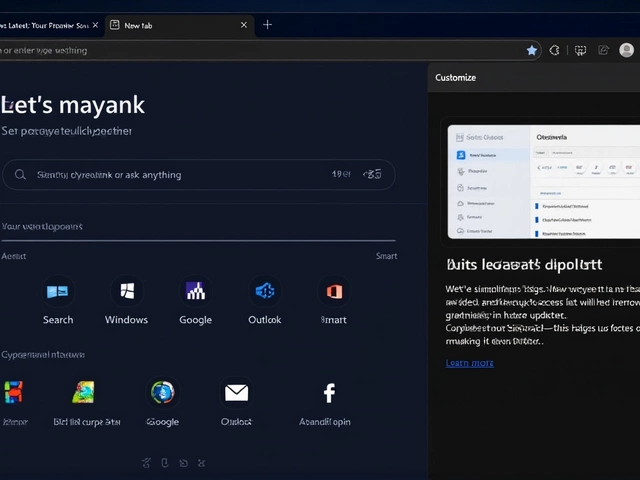Becoming a Racing Driver: Your First Steps
If you dream of hearing an engine roar while you grip the wheel, you’re not alone. Many fans wonder how to turn that excitement into a real track seat. The good news? You don’t need a fortune to start. With the right mindset, a few practical moves, and some free resources, you can begin the climb toward a racing badge.
First, get a feel for the sport without spending big money. Simulation games like iRacing or Assetto Corsa are free to try and teach you the basics of braking, cornering, and racecraft. Play a few races, watch your lap times improve, and note where you struggle. This virtual practice helps you understand track layouts and car behavior before you ever step into a real cockpit.
Free ways to learn the ropes
Next, hit the local karting track. Many karting clubs run open‑track days that cost just a few pounds for a few laps. Karting is the foundation of almost every pro driver’s resume. It teaches you how to find the racing line, manage weight transfer, and keep a steady throttle. Even a single session can reveal if you have the raw feel for speed.
While you’re on the track, bring a notebook. Jot down what works and what doesn’t –‑ did you brake too late? Did you keep the steering steady through the apex? Those notes become a personal coaching guide you can refer back to after each run.
Building a career path
Once you’ve tasted the track, it’s time to get official. A racing licence is your passport to most organized events. In the UK, you can apply for a National B Licence through the MSA, and the process is straightforward: a short course, a basic medical check, and a modest fee. Passing the course shows you understand safety rules and basic driving technique.
With a licence in hand, look for local club races or entry‑level championships. These events are cheaper than national series and give you a chance to race against real competitors. Bring your own bike or car if you have one, or rent a machine from the club. The key is to race often –‑ the more laps you log, the faster you improve.
Sponsorship can boost your budget, but it’s not a prerequisite at the start. Focus on building a small but solid track record: finish races, avoid crashes, and show steady progress. When you have a few results, craft a simple resume and approach local businesses or motorsport shops. Many are happy to support a local talent for a modest amount of exposure.
Don’t forget the community. Join online forums, follow motorsport pages, and attend meet‑ups. Connecting with other racers can open doors to shared rides, coaching tips, and even team offers. The more people know you’re serious, the more opportunities will appear.
Finally, stay patient and keep learning. Racing isn’t a straight line; you’ll have setbacks, mechanical issues, and tight budgets. Treat each challenge as a lesson, keep training on simulators, and never stop asking for feedback. With persistence, the path from hobbyist to professional becomes clearer.
So, if you’re ready to turn that love for speed into a real chance on the track, start with a free simulator session, hit a karting day, grab a licence, and race whenever you can. The journey to becoming a racing driver is a marathon, not a sprint – and every lap you take brings you closer to the finish line of your dream.
Auto Racing: How do I become a racecar driver?
I've always been passionate about auto racing and recently decided to research how to become a racecar driver. First, I discovered that it's crucial to start with karting to learn the basics and gain experience. Next, obtaining a racing license and joining a racing school is essential to further develop skills and knowledge. I also learned that networking and finding sponsorship can play a significant role in advancing one's racing career. Finally, being persistent, dedicated, and committed is key to achieving success in this highly competitive field.




